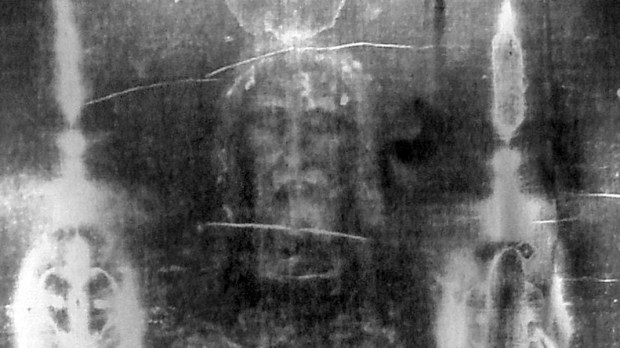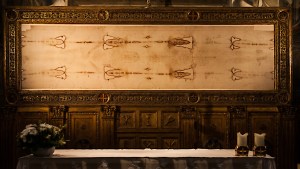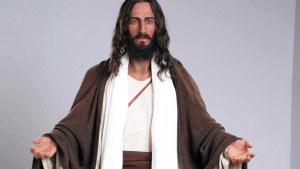Over the centuries the Church instituted a few different feasts surrounding elements of Jesus’ Passion.
For example, the Exaltation of the Holy Cross on September 14 is often connected to the finding of the true cross by St. Helena. This event also once had a separate feast on May 3 called the “Invention of the Holy Cross,” now celebrated only in a few local areas and by communities using the Extraordinary Form of the Roman Missal,
While some still debate whether the Shroud of Turin is a real artifact from Jesus’ tomb, the Church has instituted a few different feasts surrounding the “Holy Winding Sheet of Christ.”
The Catholic Encyclopedia explains the history of these various feasts with the different relics associated with Jesus’ Passion:
In 1206 one of the (supposed) Winding Sheets used at the burial of Christ was brought to Besançon by Otto de La Roche, and the feast of its arrival (Susceptio) was ordered to be kept on 11 July…Another feast originated about 1495 at Chambéry, in Savoy, to honor the so-called sudario of Christ which came there in 1432 from Lirey in Burgundy, and which since 1578 is venerated in the royal chapel of the cathedral of Turin.This feast is celebrated on 4 May, the day after the Invention of the Cross, and was approved in 1506 by Julius II; it is now kept in Savoy, Piedmont, and Sardinia as the patronal feast of the royal House of Savoy (4 May, double of the first class, with octave).
May 4 is not a universal feast, and so it does not appear on any calendar in the United States.
Belief in the Shroud
Belief in the authenticity of the Shroud of Turin is not required by the Church, though many have had their faith bolstered by its existence.
Mark Armstrong wrote for Catholic Exchange an article in which he quotes both St. John Paul II and Pope Benedict XVI and their views of the Shroud:
Skeptics claim the cloth is a clever medieval forgery and yet it was lovingly referred to by the late Holy Father John Paul II, “as an image of God’s love as well as of human sin.” Although Pope Benedict, as Cardinal Ratzinger, was very cautious about giving Church approval to apparitions or private revelations, he placed the Shroud in a different category when he wrote about it his book, The Spirit of the Liturgy. Pope Benedict wrote that the Shroud was “a truly mysterious image, which no human artistry was capable of producing. In some inexplicable way, it appeared imprinted upon cloth and claimed to show the true face of Christ, the crucified and risen Lord.”
The Shroud continues to captivate the world and May 4 is a special day to recall its mysterious history.



